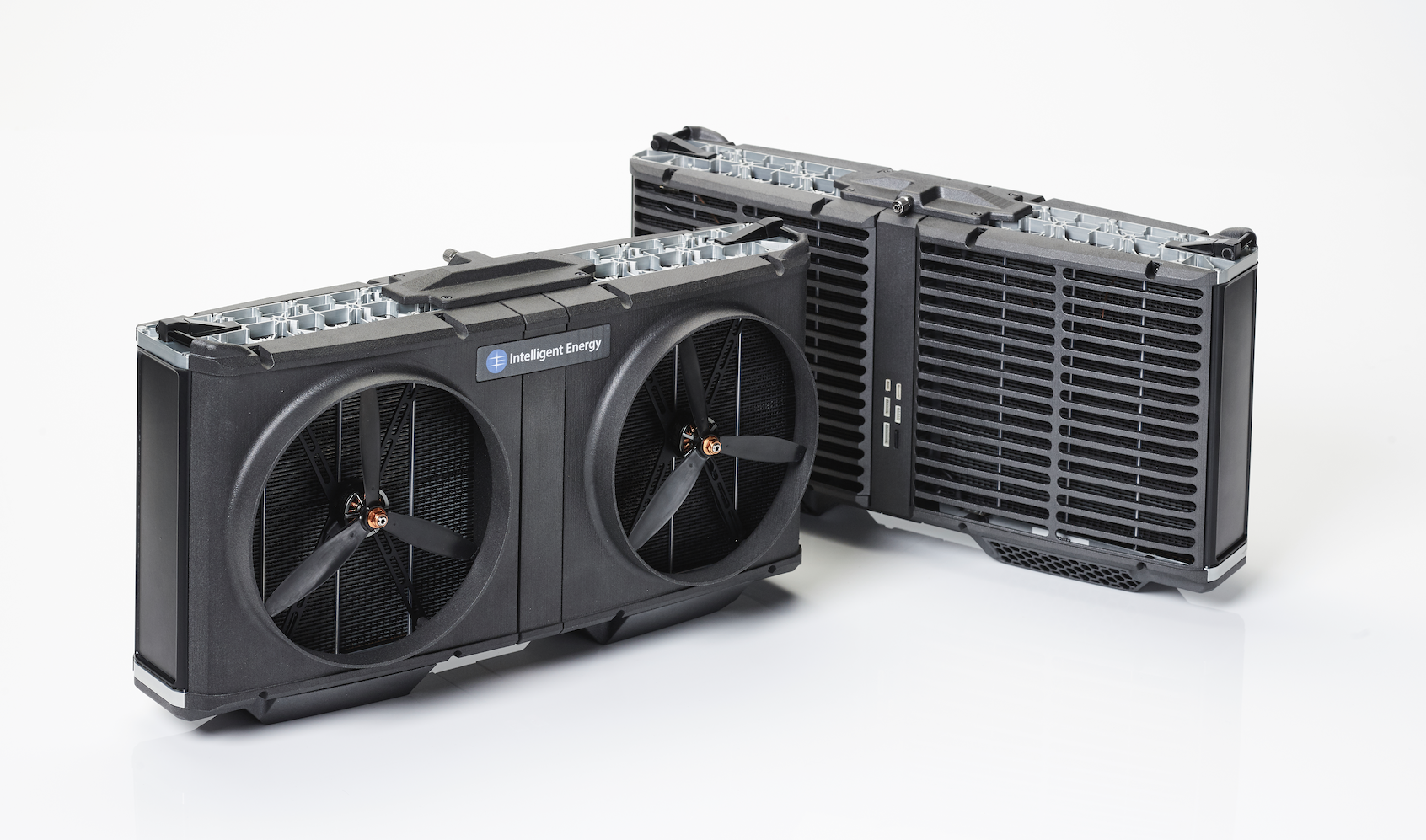What sort of value are you looking to enable with the adoption or use of a drone? And how should that value and use factor into your powering choice? We took a long look at the options that are currently available in Part 1 of this series, while in Part 2, we detailed the challenges and opportunities that need to be considered when it comes to tackling endurance, range, payload capacity, and weather resistance. In our 2022 update, we further explore what it means to best assess the options and explore the details associated with fuel cell systems.
The question of which powering option is the “best” often arises as part of these discussions but there’s no single answer to that question. What’s “best” all depends on what you’re trying to do, and how using a drone can be a cheaper, faster or safer way to approach a given task. The right powering solutions can then literally define how far you can go to enable these efficiencies.
Depending Upon Need
The type of battery you choose for a drone, like your selection of the drone itself, depends mostly upon the specific needs being addressed with the drone. Powering choices include (but aren’t limited to) laser, solar, and even jet propulsion. Jet propulsion solutions aren’t necessary or practical for the types of surveying and inspection purposes that most enterprise drone programs support, but powering choices aren’t always so clear.
Selecting the right power solution for your drone means asking the right questions, like how long will the drone to stay in flight? How important is payload capacity? What payload range do you want to handle? For many drones being used by consumers, a polymer battery suffices, partly because of its light weight. This solution has its drawbacks though, one of which can be the need to switch out batteries often and the lack of uninterrupted flight time.
“The problem with lithium polymer batteries is they don’t scale well into larger batteries… the manufacturing process leads to inconsistencies from one cell to the next,” said Itamar Frankenthal. CEO of Rose Batteries. “As you use your battery more and more, it actually degrades much faster, and they are not as reliable in consistency of power.”
Certainly, consistency in power from a drone’s power source is a big concern—no one wants their company’s drone unexpectedly falling out of the sky, or running out of fuel before the task is complete.
The decision-making involves factors including drone size, mission objectives, flight time, and payload weight; and the question of which of those factors takes precedence over which others and in what ways. Some questions are long-standing.
“Calculating the tradeoff between weight and payload has been the fundamental question since the beginning of aviation,” said Anthony Pucciarella, President of MissionGO.
Longevity of a powering solution can be at least as crucial as payload capability in some instances, if not more important, depending upon the task. That’s why fuel cell power solutions are so intriguing, as they may offer the longest-lasting solution yet.
Fuel Cell Focused
We checked in with Andy Kelly, Head of Product Line for IE-Soar, UAV products, for Intelligent Energy, to hear about powering solutions and about how fuel cell technology is improving drone performance. To learn more about Intelligent Energy’s fuel cell UAVs, go here.
Commercial UAV News: Does one’s drone needs dictate which powering solutions to choose?
Andy Kelly: Very much so. Some applications don’t need long flight times or long range. For these, battery solutions make sense. However, some applications benefit from longer range (example - pipeline inspection), or flight duration (example – search and rescue) where being able to fly for longer will increase productivity. Here fuel cell power becomes an ideal solution.
Which powering solutions provide the longest flight time for drones?
Hydrogen fuel cells or internal combustion engines typically offer the longest flight times. On a multi rotor UAV these would typically fly for 90 minutes. A battery solution on a similar UAV would fly for ~20 minutes.
How well do battery powered solutions stack up against other options?
Batteries are great for power density. They are convenient and familiar to the industry. However, they are not good for energy density, meaning flight times are limited. We offer a solution powered by fuel cells.
What operations best fit your powering solution?
Ones that can benefit from increased range or flight duration. For example, linear inspection, LiDAR mapping, surveillance.
How would you explain your power solution?
Our hydrogen fuel cell products are designed to directly replace the battery on your UAV. The electrical output is the same as a battery, but the way the energy is stored is different. Unlike a battery that stores energy and needs recharging, our fuel cells convert hydrogen gas into electrical power and refuel in minutes. The UAV has power for as long as hydrogen gas is supplied.
What things differentiate your power solution from others?
With fuel cells versus batteries, the difference is increased flight time, fast refueling, and built-in power system redundancy. With fuel cells versus internal combustion engines, it’s clean and zero emission, near-silent operation, reduced maintenance and no moving parts, vibration-free for maximum camera stability.
Are there any challenges to your powering solution you’re working on?
Availability of hydrogen. Hydrogen is easy to get and safe to handle, but for the uninitiated taking the plunge can seem daunting. We offer solutions that vary in size depending on the size of your fleet/operation. From one flight a day to hundreds.
What’s your price range?
This varies depending on power output and volume, but our fuel cell modules have a much longer life than batteries and require little maintenance.
What’s the maximum flight time for your powering solution?
Tough to answer as this is completely dependent on the UAV. Partners of ours have broken Guinness World Records for UAV flight time (12 hours 7 minutes). We achieve 90 to 120 minutes on an off the shelf 25kg multirotor with up to 7kg payload. This is a typical commercial multi rotor. Use of our solution on a VTOL or fixed wing solution and flight times would be much higher.
What’s the maximum payload your powering solution can support while maintaining optimum flight time?
Again, UAV dependent, but a typical commercial rotary wing UAV carrying a 7kg payload we give 90 minutes endurance, and 150 minutes with a 1 kg. payload.
The options and opportunities that can be enabled with the right power solution for your drone are endless and can scale across an entire fleet. That potential highlights the importance of determining which makes the most sense for your operation or organization, as the positive impact of doing so can be as profound as it is long-lasting.
















Comments